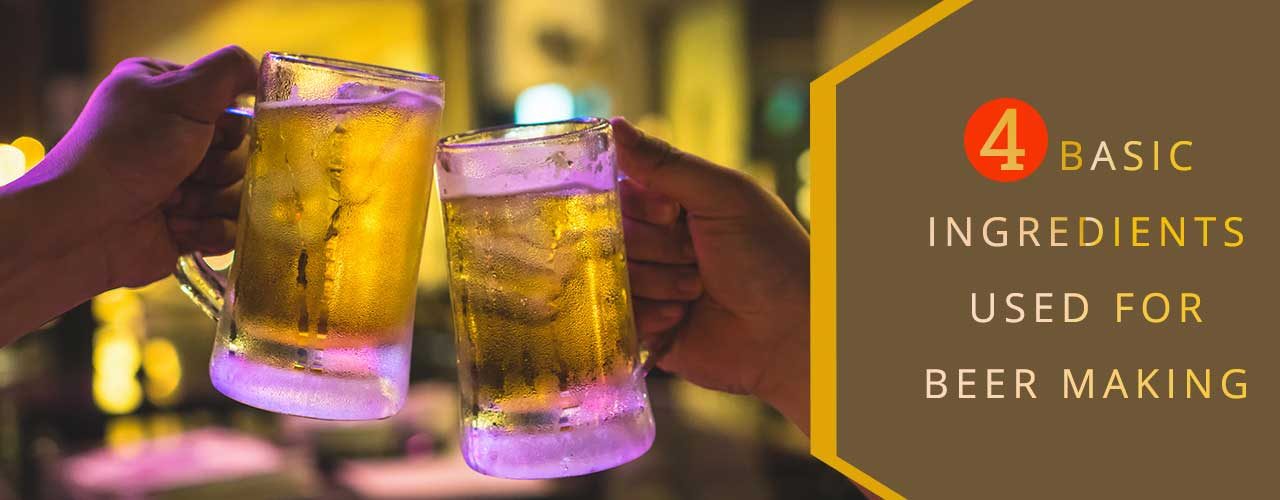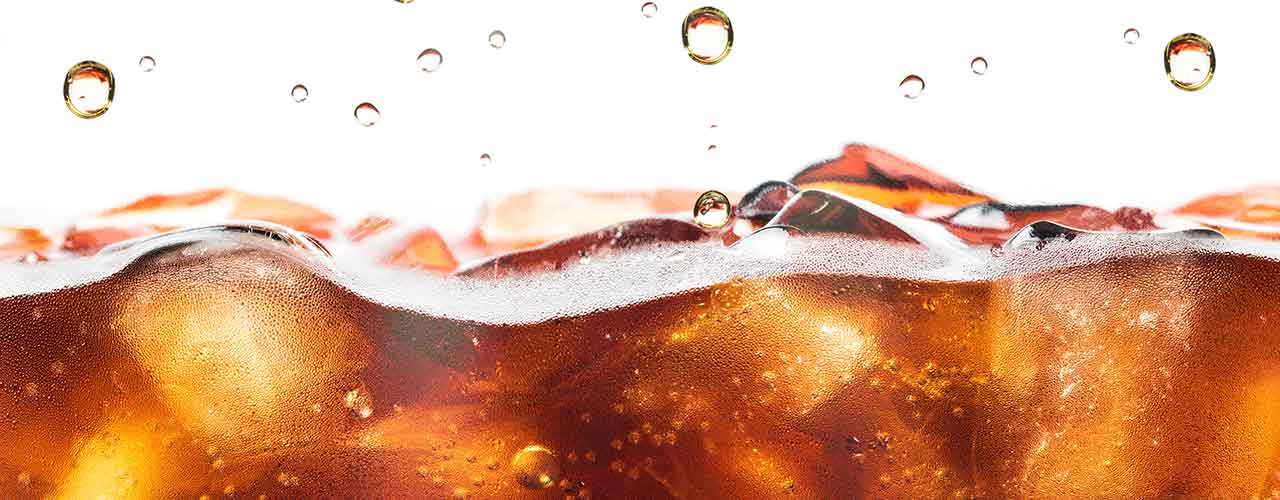Beer – the magical beverage the turns strangers into friends and melts all stresses. Visit any pub in any city in India, you are sure to find a large menu offering a wide range of local beers as well as commercial ones. From being considered as a drink reserved to just a select few, beer has grown to become one of the most popular beverages – among both men and women – in India.
Ever wonder what goes into making your favorite brew? While beer making is a complicated process and involves several key steps, the ingredient list is pretty simple. Yes, you read that right – your favorite drink has just four key ingredients. Here, in today’s post, we take a look at the major ingredients that play a key role in beer making.
Four Key Ingredients used in Brewing
1. Water
Yes, beer is not possible without water. Generally speaking, 90% of beer is water. Though water is one of the major ingredients of beer, it’s often the most overlooked. If you use poor-quality water (for instance, chlorinated water) then your final drink is sure to have a bad after taste of chlorine.
The importance of water in brewing is a vast topic and we’ll cover it in detail in another post. For today, we’ll just stick to the basics. There are plenty of factors to consider while choosing the right water source for brewing.
Some of the main factors are – pH levels, chlorine and sulfate levels, hardness/softness, mineral content and more.
If you’re a passionate microbrewer looking to set up a craft brewery, then you’ve got to start with the right water source. While evaluating prospective locations for your brewery, you have to ensure that the location has ample water supply. Not just water supply, but the right water supply.
If you can source natural sources of water like – river water, lake water, well water or even rainwater – then it’s well and good. If that’s not possible, the next best choice is to look for locations where the municipal water supply is not heavily treated with chemicals.
2. The Hops
Hops are the next main ingredient for brewing. They are small, green flowers that grow on a vine. It looks similar to regular vines, but it does not have tendrils. The flowers are shaped like a cone. Hops are filled with a bitter resin-like substance that balances the extreme sweetness of the plant.
If you leave hops out of the brewing process, then the final drink you brew will be overly sweet and flat. Wonder why we choose only hops and not any other ingredient for brewing?
This is because hops act as a balancing agent and balance the bitterness and sweetness of the malt. The stage at which hops are added in the brewing process plays a crucial role in determining the output. Hops that are added early on in brewing leads to a bitter flavor while adding hops during the later stages of brewing enhances both the flavor and aroma.
3. Malt
Malt is the starch source in your beer and this is what provides the fermentable material. It’s a key determinant of the flavor and the strength of the beer. While there are plenty of starch sources, the most commonly used for brewing is barley.
The grains are malted by soaking it in water. This starts germination. The partially germinated grains are dried in a kiln. This is the process of malting.
Malting produces enzymes that convert the starch in the grain into simple fermentable sugars. The roasting time and temperature determine the final output. For instance, if you use darker malts that have been roasted for a longer time at higher temperatures, then the beers produced are darker in color.
Wonder why barley is the preferred malt for brewing? This is because of its fibrous husk. The husk is a rich source of amylase, a digestive enzyme that converts starch into sugars. Additionally, the fibrous husk is most suited for forming the wort.
In a nutshell, the malt is the sugar source for brewing and plays a key role in influencing the presentation and flavor of the beer.
4. Yeast
Finally, yeast. These tiny organisms through a microbial pack a punch. They transform the sugary wort into the carbonated and fermented beer you love.
Yeast consumes sugar in the wort and releases carbon-di-oxide and oxygen. Once you introduce yeast into the wort, the tiny organisms munch munch their way through the majority of sugars in the wort. Once all the simple sugars are consumed, the yeast starts working its way on the complex sugars, releasing complex by-products, all of which add to the flavor of the drink. Once the yeast has eaten all the sugars, it drifts into a sleepy state of hibernation.
That’s it. The process is complete and beer is made. Brewers can either use dry yeast or liquid yeast, depending on availability and preferences. Dry yeast is available in foil packs and looks similar to the powdered yeast used by home bakers. You can leave unopened packets of dry yeast in a pantry shelf for months. If refrigerated, it stays good for years.
That’s it. These are the four main ingredients for beer making. You can add different flavoring ingredients based on the output required. Finally, there’s one more ingredient that’s a MUST – wondering what it is? It’s LOVE. Even though it may sound cheesy, you need to be passionate about brewing. If you love what you’re doing, then you can be sure that you’ll get an incredible tasting beer.
And, if you’re looking to turn your passion for the drink into a profitable venture, get in touch with our team, the leading Microbrewery in India Business Plan for the best guidance and expert advice.
Cheers!






